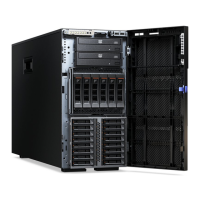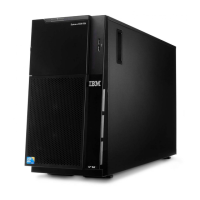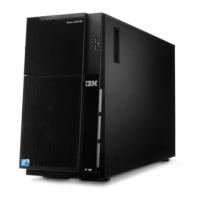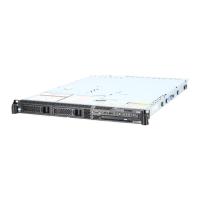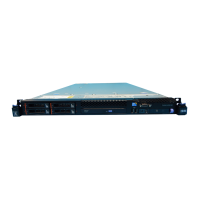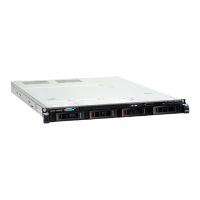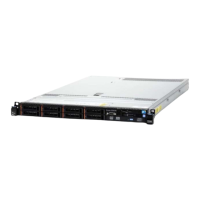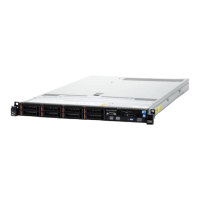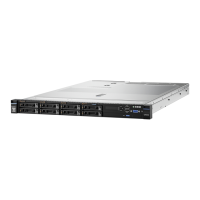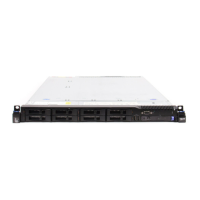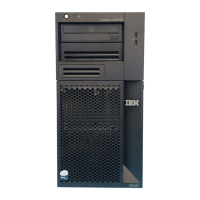7. Connect the cables and power cords. For more information, see “Connecting
the cables.”
Connecting the cables
Notes:
1. Be sure to turn off the server before you connect any cables to or disconnect
any cables from the server or hot-plug adapter.
2. For additional cabling instructions, see the documentation that comes with the
optional devices. It might be easier for you to route any cables before you install
certain optional devices.
3. Cable identifiers are printed on the cables that come with the server and
optional devices. Use these identifiers to connect the cables to the correct
connectors. For example, the hard disk drive cables are labeled “HDD option.”
The following illustration shows the locations of the input and output connectors on
the rear of the server.
Video
Mouse
Power cord
Keyboard
Serial 1
(COM 1)
Parallel
Serial 2
(COM 2)
USB 4
Ethernet 10/100/1000
Ethernet 10/100/1000
RJ-45
USB 3
AC power LED
DC power LED
Updating the server configuration
When you start the server for the first time after you add or remove a device, you
might receive a message that the configuration has changed. The
Configuration/Setup Utility program starts automatically so that you can save the
new configuration settings. For more information, see Chapter 3, “Configuring the
server,” on page 49.
Some optional devices have device drivers that you must install. For information
about installing device drivers, see the documentation that comes with each device.
The server comes with at least one microprocessor. If more than one
microprocessor is installed, the server can operate as a symmetric multiprocessing
(SMP) server. You might have to upgrade the operating system to support SMP. For
Chapter 2. Installing optional devices 47
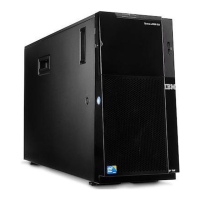
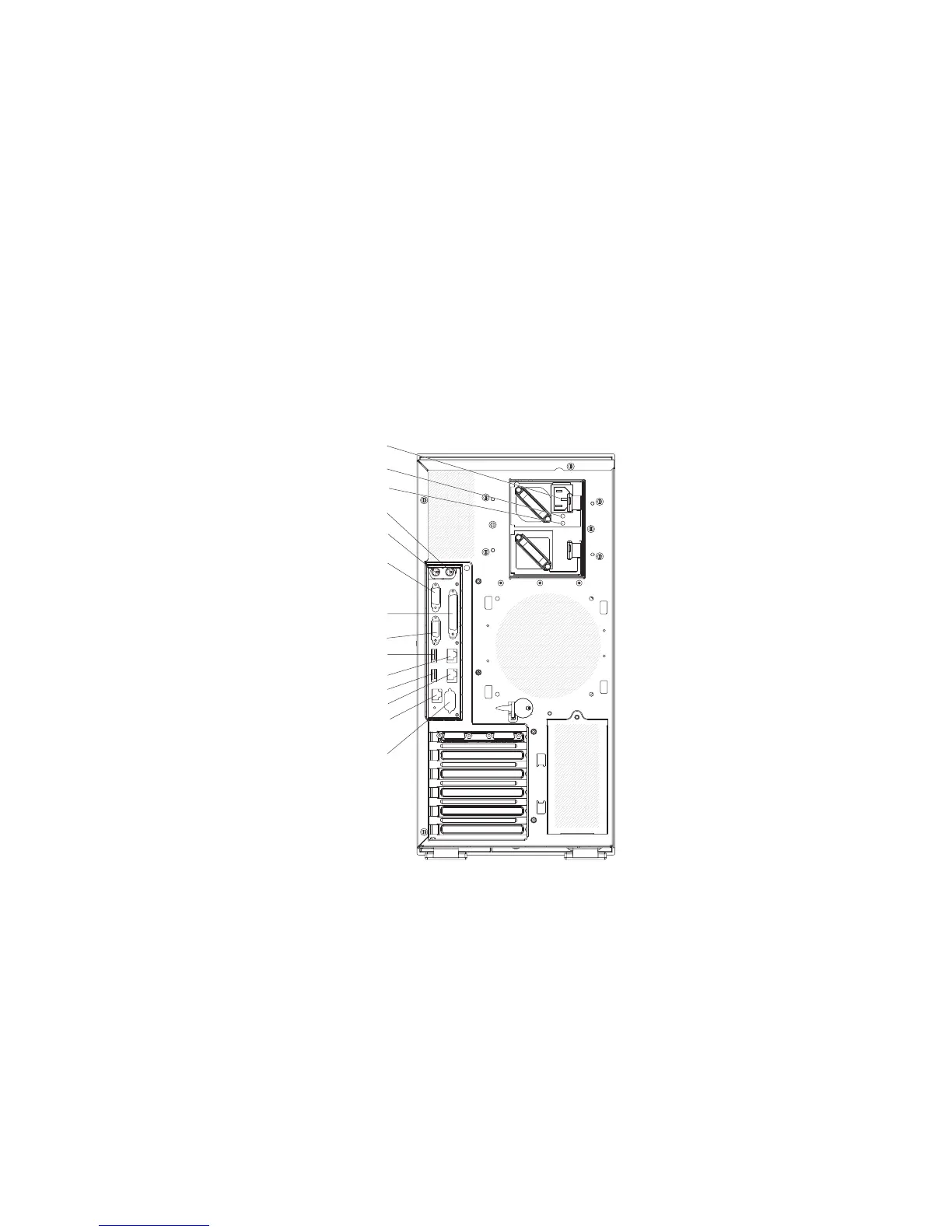